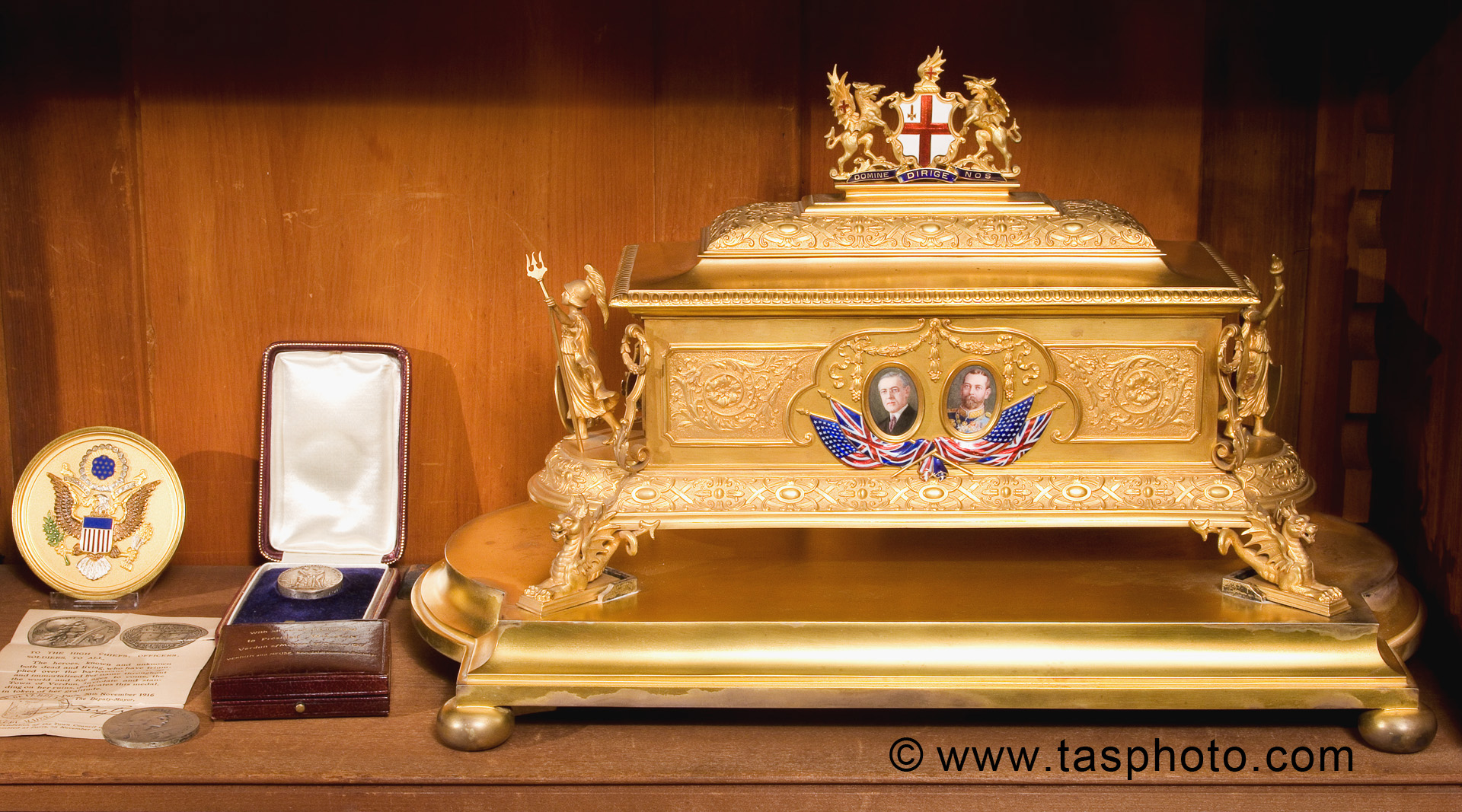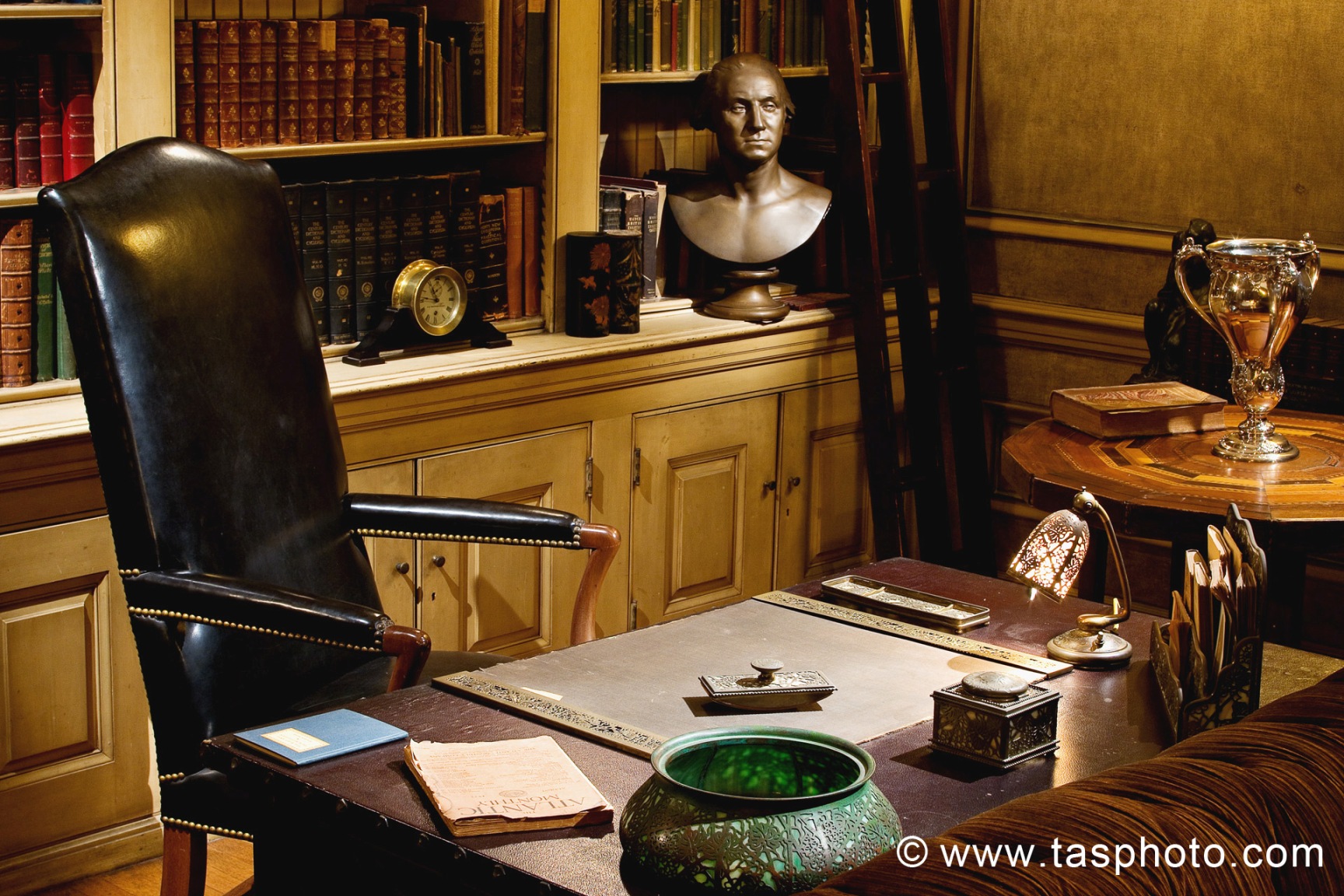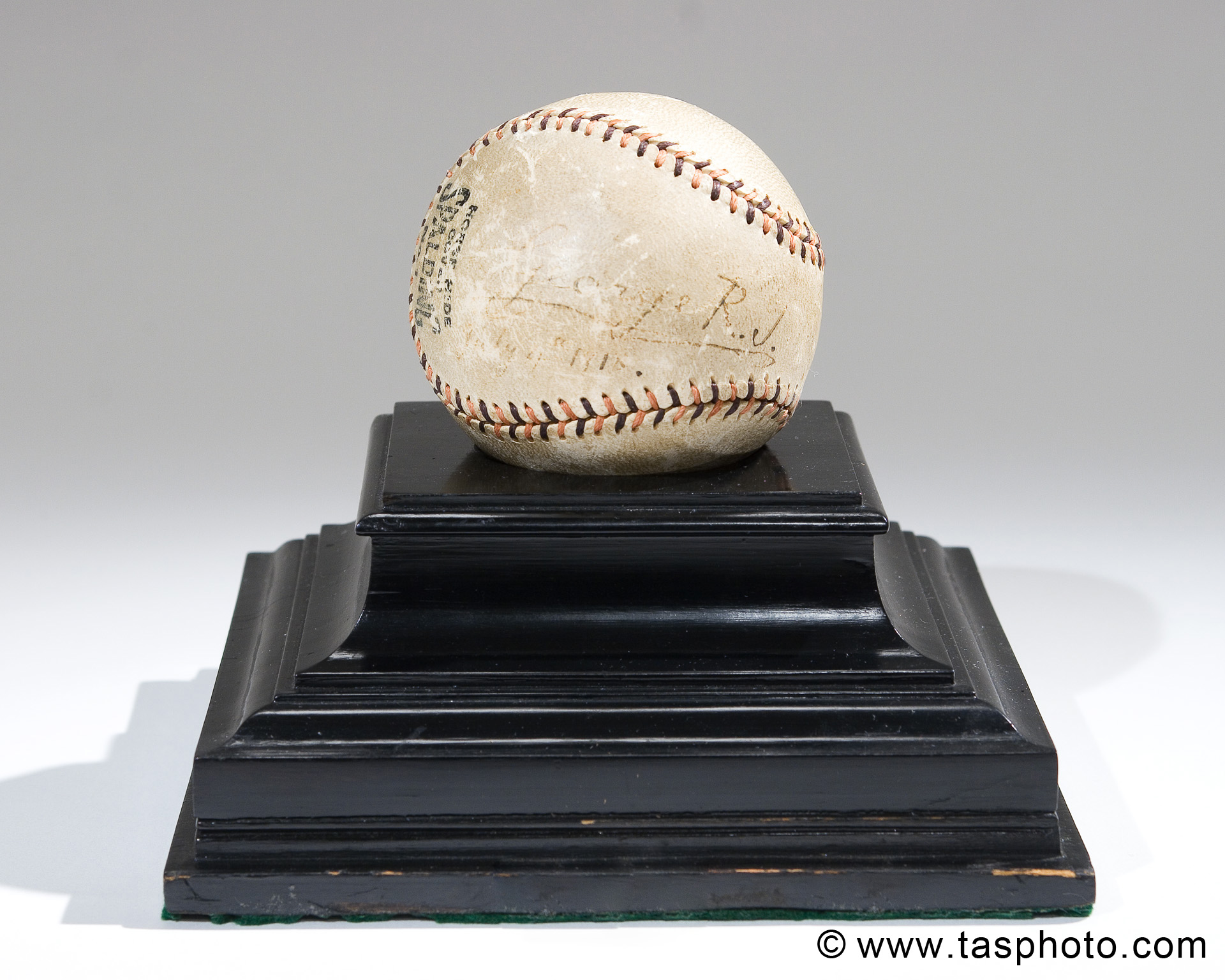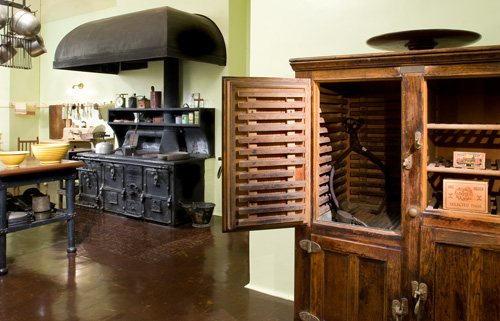 The next time you used the keyboard on your smart phone, iPad, tablet, or computer remember that it all goes back to the typewriter. Different forms of the typewriter were in use through the early 1990s, and our modern computer keyboards are an extension of the keyboard used on most typewriters. However, our modern “QWERTY” keyboards were not the first type of keyboard used. The original typewriter had only one key that looked very similar to the key used on a telegraph machine which were patented around 1829. These machines were called typography machines and the single key did not stay in production after the first models. Other typewriters, more like what we know today, appeared in the late 1860s. In 1868 the “Sholes and Glidden” typewriter appeared with the “QWERTY” keyboard model, but other typewriters were still made. The most common was a keyboard with two rows, usually put in alphabetical order. Ultimately the “QWERTY” model was the easiest to use and eventually made its way to the keyboards in all English speaking countries and a few others. Today it is still used on computers, touch screens, and some phone keyboards; its even the name of a computer in a fun children’s show, Veggie Tales!
The next time you used the keyboard on your smart phone, iPad, tablet, or computer remember that it all goes back to the typewriter. Different forms of the typewriter were in use through the early 1990s, and our modern computer keyboards are an extension of the keyboard used on most typewriters. However, our modern “QWERTY” keyboards were not the first type of keyboard used. The original typewriter had only one key that looked very similar to the key used on a telegraph machine which were patented around 1829. These machines were called typography machines and the single key did not stay in production after the first models. Other typewriters, more like what we know today, appeared in the late 1860s. In 1868 the “Sholes and Glidden” typewriter appeared with the “QWERTY” keyboard model, but other typewriters were still made. The most common was a keyboard with two rows, usually put in alphabetical order. Ultimately the “QWERTY” model was the easiest to use and eventually made its way to the keyboards in all English speaking countries and a few others. Today it is still used on computers, touch screens, and some phone keyboards; its even the name of a computer in a fun children’s show, Veggie Tales! Wilson’s typewriter (pictured below), on display in the “Dugout” at Wilson House, was manufactured by the Hammond company. It has a semi-circular keyboard with two rows of keys, but the keys are not in alphabetical order. If you look closely at the picture below you can read the order of the keys.
Wilson purchased his typewriter while he was president of Princeton University and fondly referred to it as his “pen.” He continued to use it throughout his time as President. The type writer switched hands several times, first going to Admiral Cary T. Grayson and then being presented to President John F. Kennedy.Wilson’s typewriter was equipped with the ability to change fonts easily. This was advanced technology for the time. Below is a picture of the different fonts that could be produced by the Hammond typewriter.
All typewriters soon adopted the “QWERTY” keyboard structure we use today. This three tiered organization of the keys allowed for faster typing and less keys sticking. When you visit the Wilson House there is an example of a typewriter with a “QWERTY” keyboard in our President Electric exhibit.
Typewriters were commonly used for over 100 years. They eventually became electric, had different color ink you could put in easily, and had a wider variety of fonts. However, people do not realize how valuable a typewriter was. The original typewriter sold for around $125, that is equivalent to around $2,300 today! They did make cheaper typewriters that were less efficient. Eventually, typewriters became more affordable and more commonly seen in homes. Companies started valuing typed resumés and cover letters making a typing machine a necessity. Compare these prices with computers. The first personal computers were not affordable for most people to actually have in the home, but eventually companies started producing more affordable home computers. Today, almost every college student has a laptop that is high efficiency and was affordable for them. So, what do you think will replace computers?







No comments :
Post a Comment